Unlocking the Power of KNN Algorithm in Machine Learning
Pickl AI
MARCH 26, 2024
Nevertheless, its applications across classification, regression, and anomaly detection tasks highlight its importance in modern data analytics methodologies. The K Nearest Neighbors (KNN) algorithm of machine learning stands out for its simplicity and effectiveness. What are K Nearest Neighbors in Machine Learning?

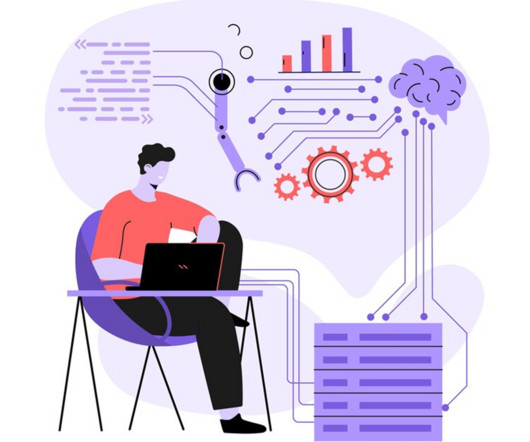
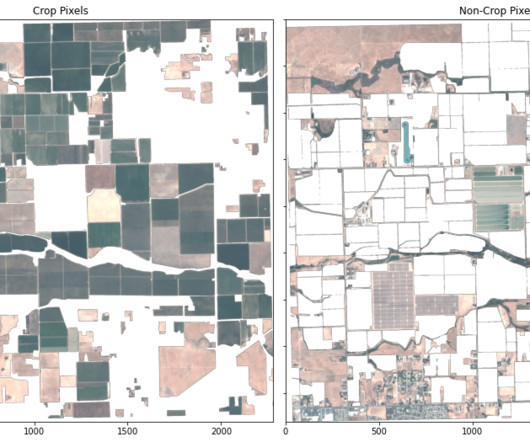
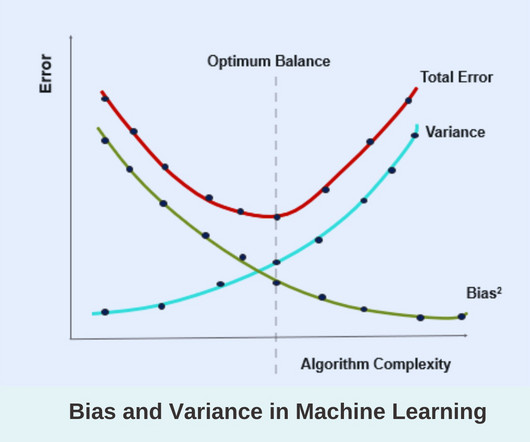
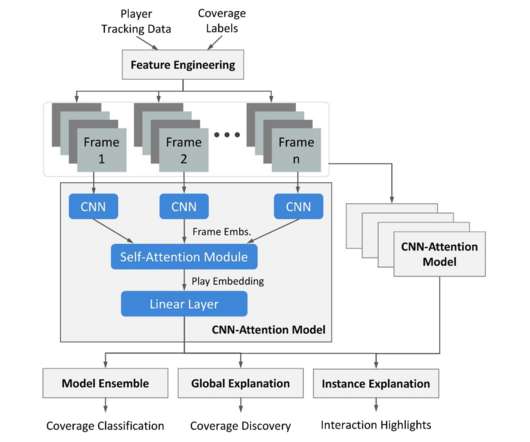
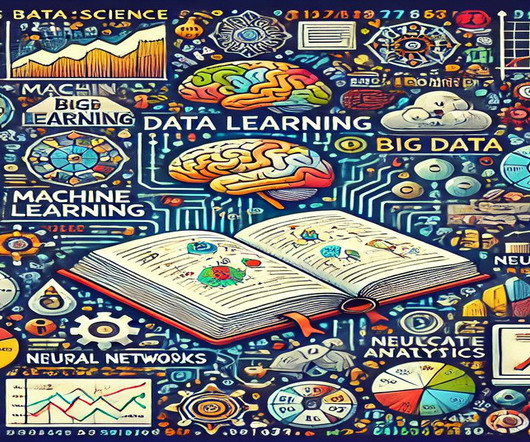
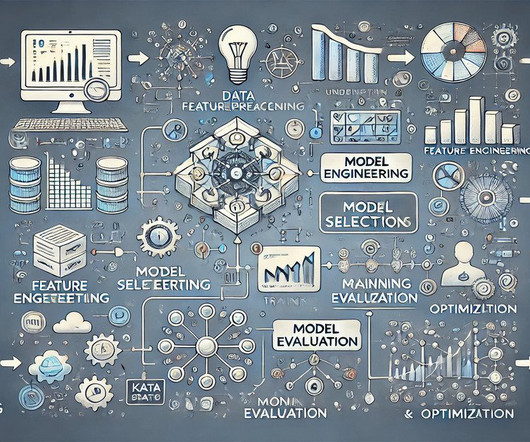
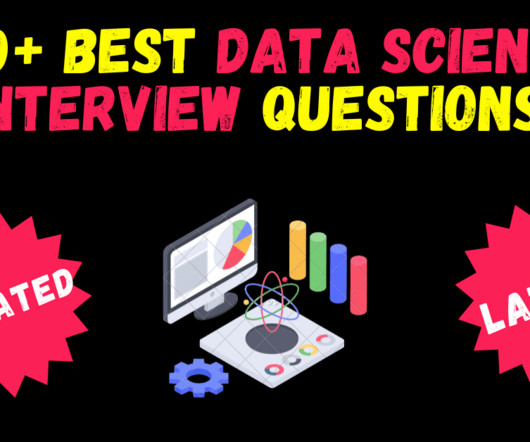







Let's personalize your content